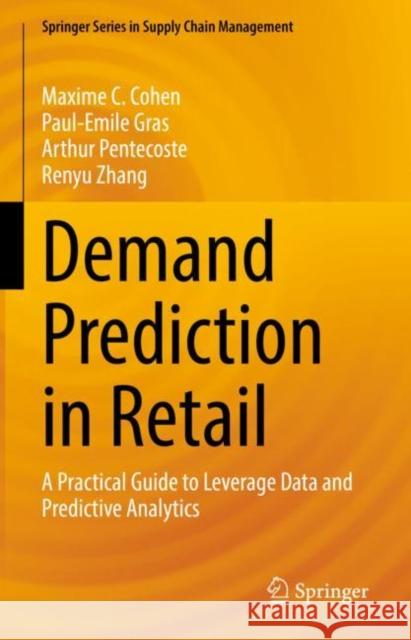Demand Prediction in Retail: A Practical Guide to Leverage Data and Predictive Analytics » książka
topmenu
Demand Prediction in Retail: A Practical Guide to Leverage Data and Predictive Analytics
ISBN-13: 9783030858544 / Angielski / Twarda / 2021 / 130 str.
Demand Prediction in Retail: A Practical Guide to Leverage Data and Predictive Analytics
ISBN-13: 9783030858544 / Angielski / Twarda / 2021 / 130 str.
cena 388,20 zł
(netto: 369,71 VAT: 5%)
Najniższa cena z 30 dni: 385,52 zł
(netto: 369,71 VAT: 5%)
Najniższa cena z 30 dni: 385,52 zł
Termin realizacji zamówienia:
ok. 20 dni roboczych.
ok. 20 dni roboczych.
Darmowa dostawa!
Kategorie:
Kategorie BISAC:
Wydawca:
Springer Nature Switzerland AG
Seria wydawnicza:
Język:
Angielski
ISBN-13:
9783030858544
Rok wydania:
2021
Wydanie:
2022
Numer serii:
000906592
Ilość stron:
130
Waga:
0.42 kg
Wymiary:
23.39 x 15.6 x 1.12
Oprawa:
Twarda
Wolumenów:
01
Dodatkowe informacje:
Wydanie ilustrowane











